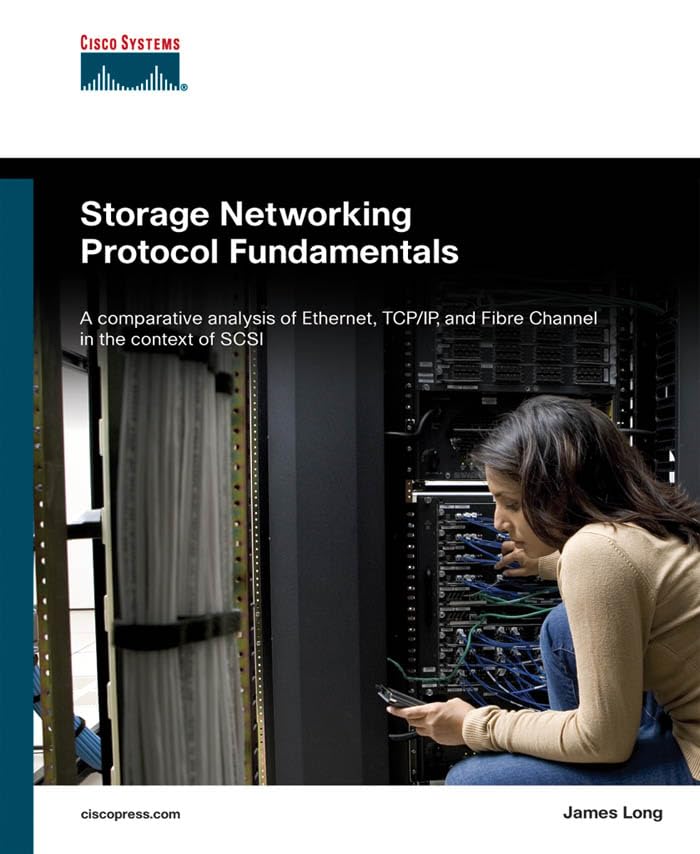What do you think?
Rate this book


A concise introduction to storage networking protocols
Introduces network administrators to the requirements of storage protocols Compares and contrasts the basic functionality of Ethernet, IP, and Fibre Channel The Fundamental series from Cisco Press launches the basis to readers for understanding the purpose, application, and management of technologies
A plethora of new storage networking products have appeared on the market, and more are expected to appear as the market continues to expand. The IDC predicts the total storage/storage networking market will reach $71.4 billion in 2006. With so many new storage networking products on the market, the Fundamentals series from Cisco press is the ideal series for a storage networking protocols book. Network administrators, system administrators, and storage administrators must develop new skills to effectively deploy and support new storage networking products as the paradigm continues to shift. This book is aimed at readers who have recently entered the storage networking field. The foundational learning in the book will provide the reader with a basic comparison of various networking technologies that are commonly used to transport mainstream storage protocols. In particular it provides a comparative analysis of Ethernet, TCP/IP and Fibre Channel in the context of storage. This book starts with an overview of the storage networking industry then proceeds to an overview of the OSI Reference Model and common network protocols. Next, implementation of common services within each protocol is compared. The book then turns its focus from general networking to storage networking by introducingthe reader to storage-specific protocols. The book concludes with a brief introduction to storage protocol analysis and technologies related storage networking.
Kindle Edition
First published April 1, 2006